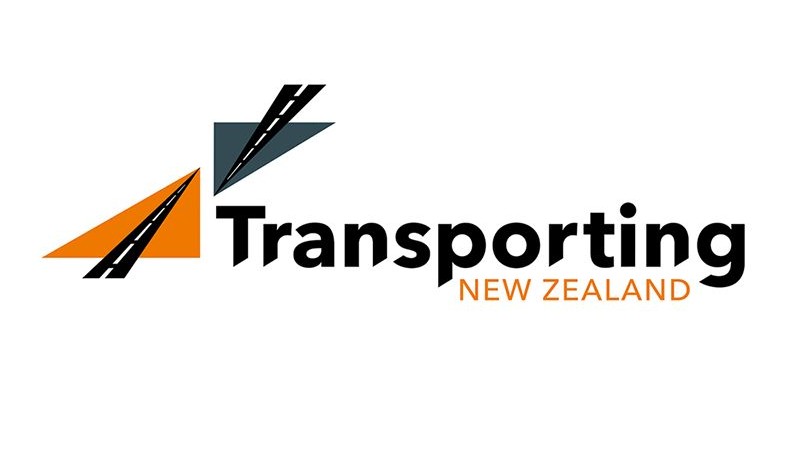The right plan to get the freight moving

How refreshing! The coalition government has pulled off the unexpected and done exactly what makes sense! If only all our governments could try that path!
The 2024-2027 National Land Transport Programme is steering $18.4 billion into roading projects, maintenance and upgrades over the next three years. And that’s not including the extra $2.4 billion earmarked for storm repairs and resilience improvements, which also includes the rail system.
It’s a hefty sum, but with NZTA Waka Kotahi forecasting $13.7 billion in revenue from RUC, fuel taxes and vehicle registrations, the numbers don’t feel too far off the mark.
Some fans of rail are decrying there is ‘only’ $1 billion earmarked for the rail network, while the $460 million planned for footpath and cycleway improvements isn’t winning over the cycling fraternity. But rail contributed $60 million in track user charges to the fund, so having $1 billion in investment is a pretty good return.
Public transport is also getting $6.4 billion of investment, so relative to road investment, the public shouldn’t have too much to complain about. Hopefully this will help free up the road networks a bit too.
This NLTP is a plan for the must-haves, and the nice-to-haves might have to wait till things are fixed. We also like the steer that the minister has given about no frills and value for money.
The truth is our roading infrastructure is just not robust enough for what our economy currently is, and what we want it to be.
This NLTP work programme will provide a major boost to productivity, and ensure our transport system is moving people efficiently and safely.
But what I really like about it is it’s great to see freight being recognised for its vital role in delivering prosperity.
When 93% of all freight is being delivered by road, good roading is essential. This country is facing grim economic times. Improving our infrastructure will help drive real growth now and in the future.
Now I don’t want to say that Transporting New Zealand put the idea of this road spending focus in the mind of the transport minister. Simeon Brown said at our conference last year that big plans were afoot should the election go to plan for National.
But in our briefing to the incoming minister of transport, compiled by our policy and advocacy lead Billy Clemens, we had a wish list of transport priorities that we wanted the government to focus on. They were:
- Rewrite GPS24 to prioritise road maintenance, network resilience and strategic roading investments.
- Confirm the commencement date and funding sources of the government’s 13 new Roads of National Significance and four major public transport upgrades.
- Commence an urgent review of the heavy vehicle permitting system to identify and remove barriers to the uptake of more productive trucks.
- Urgently progress amendments to the Land Transport Act 1998 to fix the stalled roadside drug testing regime.
- Accelerate the Ministry of Transport’s policy work removing regulatory barriers to Zero Emission Heavy Vehicles, currently scheduled for completion in 2025.
There are a lot of ticks there, so that’s why we’re happy, even on some of the things that aren’t in the here and now. Our role in the Green Compact is to get lower emission vehicles on the roads. More resilient roads will mean more efficient, higher productivity vehicles and heavy battery-electric trucks can be used to achieve this goal.
A key thing to note is that everything that gets done to make our roads better benefits all drivers of every make and model. Trucks are a minority of road users overall but better roads are great for all. Car drivers can thank us later!
Risk-based work plans
As part of our advocacy work, we met up with some of the fine folks from NZTA last month to discuss the plans for the Melling interchange in the Hutt Valley.
It’s kind of a Wellington issue, but the message we had applies to all the projects that are being done. And that is, whatever the scheme, the traffic management system has to be based on actual risk, not a dogmatic figure that doesn’t fit the situation.
If works require drivers to go at 30km/h to keep everyone safe, great. If 50km/h does the same thing, super. If there are no workers there and 80km/h is acceptable, then that’s what it should be.
My gears get well and truly ground when I drive through works that go for ages at 30km/h when there’s not a worker in sight. And don’t start me on the supposed magical abilities of road cones to keep non-existent workers safe!



